American Guinea Pig
- March 21, 2024
- 0 comment
The American Guinea Pig, also known as the cavy, is a small and gentle rodent that has captured the hearts of pet lovers around the world. Originating from the Andes Mountains in South America, these furry companions were first domesticated over 3,000 years ago by indigenous tribes for both food and ceremonial purposes. Introduced to Europe by Spanish conquistadors in the 16th century, guinea pigs quickly gained popularity as beloved pets due to their sociable nature and adorable appearance.
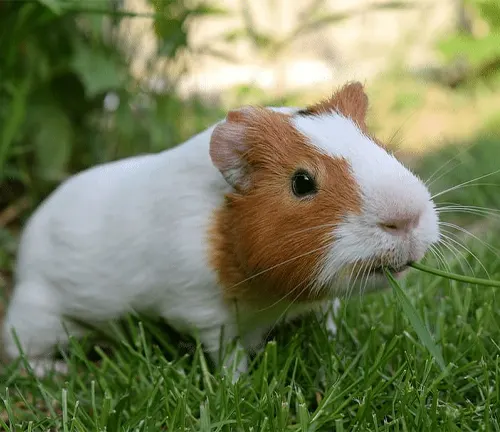
With their round bodies, short legs, and various coat colors and patterns, American Guinea Pigs make delightful additions to any household. Known for their curious and playful behavior, these rodents enjoy interacting with their human caregivers and forming strong bonds with them. With proper care and attention, including a balanced diet, spacious housing, and regular veterinary check-ups, American Guinea Pigs can live happy and healthy lives for 5 to 7 years or even longer.
American Guinea Pig Characteristics
| Specification | Description |
|---|---|
| Scientific Name | Cavia porcellus |
| Common Names | American Guinea Pig, Cavy |
| Origin | Andes Mountains, South America |
| Average Lifespan | 5-7 years |
| Size | 8-10 inches in length |
| Weight | 1.5-2.5 pounds |
| Coat Types | Smooth, Short-haired, Abyssinian, Peruvian, Skinny Pig |
| Coat Colors | Various, including solid, tricolor, and roan |
| Temperament | Gentle, Sociable, Curious |
| Activity Level | Diurnal (active during the day) |
| Housing Requirements | Spacious cage with solid bottom, minimum 7.5 sq. ft. |
| Diet | High-quality hay, fresh vegetables, fruits, pellets |
| Health Concerns | Dental problems, respiratory infections, obesity |
| Grooming Needs | Occasional nail trims, regular brushing |
| Socialization | Thrive in pairs or small groups, enjoy human interaction |
| Legal Considerations | Check local laws for pet ownership regulations |
American Guinea Pigs, also known as cavies, are small rodents that make popular pets worldwide. Known for their gentle nature and sociable personalities, these furry companions have captured the hearts of pet enthusiasts for centuries.
History and Origin
Originally hailing from the Andes Mountains in South America, guinea pigs were domesticated over 3,000 years ago by indigenous tribes for food and ceremonial purposes. They were later introduced to Europe by Spanish conquistadors in the 16th century.
Physical Characteristics
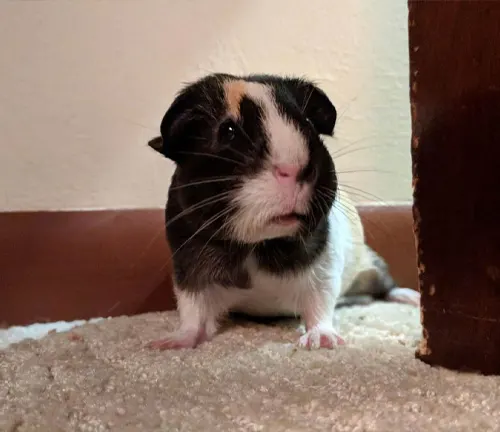
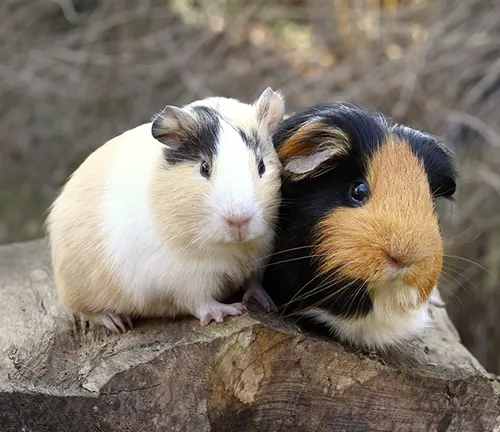
The physical characteristics of American Guinea Pigs include their small size, typically ranging from 8 to 10 inches in length and weighing between 1.5 to 2.5 pounds. They have round, compact bodies with short legs and no visible tail. Their most notable feature is their fur, which comes in a variety of colors and patterns, including solid, tricolor, and roan. Guinea pigs have large, expressive eyes and small, rounded ears that add to their endearing appearance. Overall, their cute and cuddly appearance, coupled with their gentle demeanor, makes them popular pets for families and individuals alike.
Housing Requirements

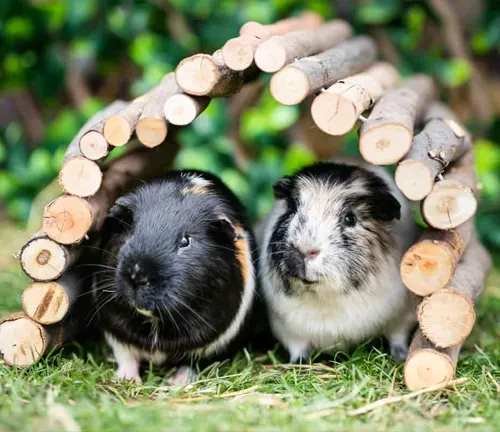
When it comes to housing requirements for American Guinea Pigs, it’s essential to provide them with a suitable and comfortable living environment. Here are some key points to consider:
- Cage Size: Guinea pigs need spacious cages to move around and exercise. The minimum recommended size for a single guinea pig is 7.5 square feet of space. However, providing a larger cage is always better to promote their well-being.
- Solid Bottom: Ensure that the cage has a solid bottom to prevent injury to their delicate feet. Wire-bottom cages can cause foot problems and should be avoided.
- Ventilation: Proper ventilation is important to maintain air quality within the cage. Choose a cage with good airflow to prevent respiratory issues.
- Bedding: Line the bottom of the cage with safe and absorbent bedding material, such as paper-based bedding or fleece liners. Avoid cedar or pine shavings, as they can be harmful to guinea pigs’ respiratory systems.
- Hideouts: Provide hideouts or shelters within the cage where guinea pigs can retreat and feel safe. These can be in the form of tunnels, igloos, or cozy huts.
- Toys and Enrichment: Include toys and enrichment items, such as tunnels, chew toys, and hay racks, to keep guinea pigs mentally stimulated and prevent boredom.
- Location: Place the cage in a quiet area of the home away from drafty windows or direct sunlight. Guinea pigs are sensitive to temperature changes and should be kept in a stable environment.
- Cleaning: Regularly clean the cage by spot cleaning soiled areas daily and performing a thorough cage cleaning at least once a week. This helps maintain a hygienic living space for your guinea pigs.
Diet and Nutrition
Proper diet and nutrition are crucial aspects of caring for American Guinea Pigs. Here’s what you need to know:
Hay
Timothy hay should make up the majority of a guinea pig’s diet. It provides essential fiber for their digestive system and helps maintain healthy teeth. Offer fresh hay daily and ensure it is free from mold or dust.
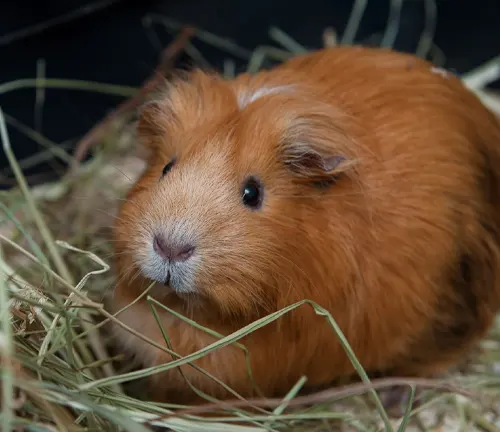
Fresh Vegetables
Supplement your guinea pig’s diet with a variety of fresh vegetables, such as romaine lettuce, bell peppers, cucumbers, and carrots. These provide essential vitamins and minerals. Introduce new vegetables gradually to avoid digestive upset.

Fruits
Offer small amounts of fruits as occasional treats. Suitable options include apples, strawberries, blueberries, and melons. Limit fruit intake due to its high sugar content, and remove any seeds or pits before feeding.
Pellets
Choose high-quality pellets specifically formulated for guinea pigs. Pellets should be made primarily of timothy hay and contain essential nutrients such as vitamin C. Avoid mixes with added seeds or dried fruit, as these can be high in fat and sugar.
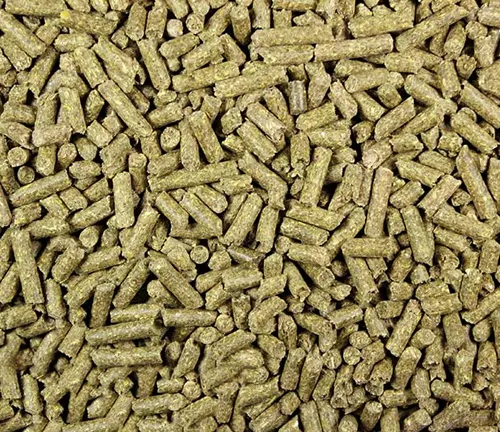
Water
Ensure your guinea pig has access to fresh, clean water at all times. Use a sipper bottle or a heavy ceramic bowl to prevent tipping.
Vitamin C
Guinea pigs cannot produce their own vitamin C and require it in their diet. Fresh vegetables high in vitamin C, such as bell peppers and kale, can help meet their needs. Alternatively, you can provide vitamin C supplements specifically formulated for guinea pigs.
Avoid Certain Foods
Avoid feeding your guinea pig foods that are high in sugar, fat, or salt. This includes processed foods, sugary treats, chocolate, and dairy products. Also, avoid feeding them foods that are toxic to them, such as avocado, onions, and garlic.
Feeding Schedule
Offer small amounts of fresh vegetables and pellets twice daily. Monitor your guinea pig’s appetite and adjust the portion sizes accordingly to prevent overeating or obesity.
Behavioral Traits
Understanding the behavioral traits of American Guinea Pigs is essential for providing them with appropriate care and interaction. Here are some key points to consider:
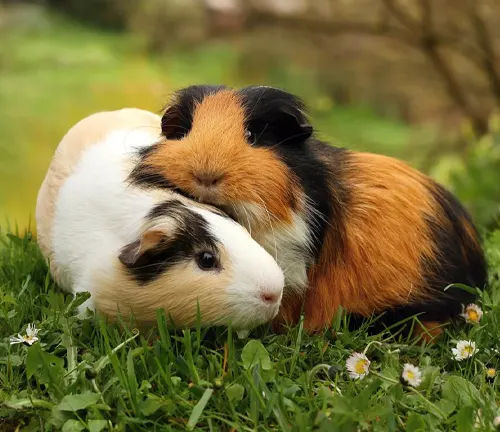

- Social Nature: Guinea pigs are social animals and thrive in the company of their own kind. They enjoy living in pairs or small groups and benefit from companionship and interaction with other guinea pigs.
- Curiosity: Guinea pigs are naturally curious creatures and enjoy exploring their surroundings. Providing them with tunnels, hiding spots, and toys can help stimulate their curiosity and provide mental enrichment.
- Playfulness: Guinea pigs exhibit playful behaviors, such as “popcorning,” where they jump and twist in the air when excited. They also enjoy running around their enclosure and engaging in interactive play with their caregivers.
- Vocalization: Guinea pigs communicate through various vocalizations, including chirping, purring, and squealing. They may vocalize to express excitement, happiness, or discomfort. Paying attention to their vocal cues can help you understand their needs and preferences.
- Timidity: While guinea pigs can be social and outgoing, they may also exhibit timid or shy behavior, especially when introduced to new environments or handling. Approach them gently and allow them to acclimate to their surroundings at their own pace.
- Bonding with Humans: Guinea pigs can form strong bonds with their human caregivers through regular handling, gentle petting, and positive interaction. Building trust and establishing a bond with your guinea pig takes time and patience but is rewarding for both parties.
- Establishing Territories: Guinea pigs may exhibit territorial behavior, particularly when introduced to new cage mates or living environments. Providing ample space and resources, such as food, water, and hiding spots, can help minimize conflicts between guinea pigs.
- Routine and Predictability: Guinea pigs thrive on routine and appreciate predictable daily schedules. Establishing a consistent feeding, cleaning, and handling routine can help reduce stress and promote a sense of security for your guinea pig.
Health Concerns
American Guinea Pigs are generally robust pets, but they can still be susceptible to various health issues. Here are some common health concerns to watch out for:
- Respiratory Infections: Guinea pigs are prone to respiratory infections, especially when exposed to drafts, damp environments, or poor ventilation. Symptoms include sneezing, nasal discharge, and labored breathing. Prompt veterinary treatment is essential to prevent complications.
- Dental Problems: Guinea pigs’ teeth continuously grow, and malocclusion (misalignment) or overgrowth can occur, leading to dental issues such as overgrown incisors or molars, which can cause pain and difficulty eating. Providing plenty of hay and chew toys helps wear down their teeth naturally, but regular dental check-ups by a veterinarian are still necessary.
- Gastrointestinal Issues: Guinea pigs have sensitive digestive systems and can develop gastrointestinal problems such as diarrhea, bloating, and gastrointestinal stasis (slow or stopped digestion). A high-fiber diet consisting mainly of hay helps maintain gut health, but any changes in eating or bowel habits should be promptly addressed by a veterinarian.
- Skin Problems: Skin conditions such as fungal infections, mites, or dermatitis can affect guinea pigs, causing itching, hair loss, or skin lesions. Regular grooming and cleanliness, along with veterinary treatment for any skin issues, are crucial for maintaining skin health.
- Urinary Tract Problems: Guinea pigs, particularly males, are prone to urinary tract issues such as urinary stones or infections. Signs may include straining to urinate, blood in the urine, or discomfort. Ensure they have access to fresh water at all times and consult a veterinarian if you notice any urinary abnormalities.
Grooming and Care
Regular grooming and care are essential for keeping American Guinea Pigs healthy and happy. Here’s what you need to know:
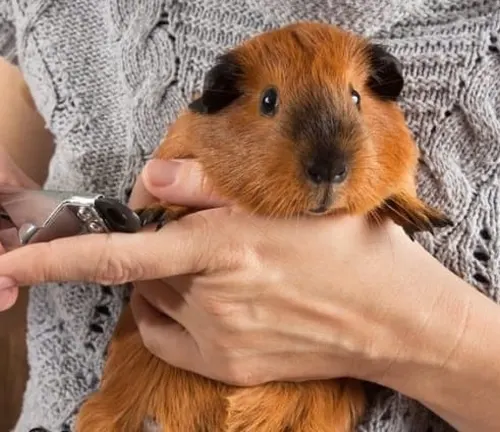
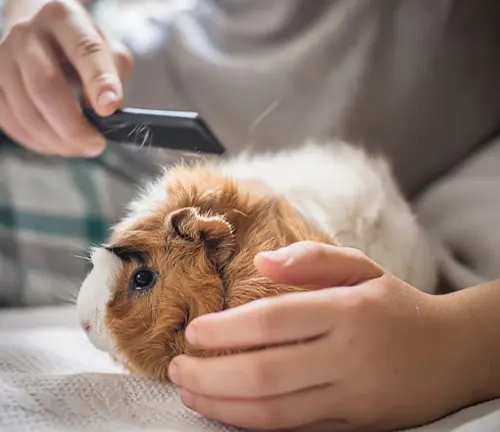
- Coat Care: Depending on the breed, guinea pigs may require different grooming routines. Short-haired guinea pigs need regular brushing to remove loose hair and prevent mats, while long-haired breeds require more frequent grooming to prevent tangles and matting.
- Nail Trimming: Guinea pigs’ nails grow continuously and may need regular trimming to prevent overgrowth and discomfort. Use small animal nail clippers and be cautious not to cut the quick (the pink part containing blood vessels). If unsure, consult a veterinarian or professional groomer for assistance.
- Ear Cleaning: Check your guinea pig’s ears regularly for wax buildup or signs of infection. Use a damp cotton ball to gently clean the outer ear, avoiding inserting anything into the ear canal. If you notice any abnormalities, seek veterinary advice.
- Bathing: Guinea pigs generally do not require frequent baths, but if necessary, use a mild, fragrance-free shampoo formulated for small animals. Use lukewarm water and rinse thoroughly to remove all traces of shampoo, as leaving residue can cause skin irritation.
- Dental Health: Provide plenty of hay and chew toys to help wear down your guinea pig’s teeth and prevent dental issues. Regular veterinary check-ups are essential for monitoring dental health and addressing any problems early on.
Training and Socialization
Training and socialization are important aspects of caring for American Guinea Pigs and can help enhance their well-being and relationship with their human caregivers. Here’s what you need to know:
- Handling: Begin socializing your guinea pig from a young age by gently handling and interacting with them regularly. This helps them become accustomed to human touch and builds trust between you and your pet.
- Positive Reinforcement: Use positive reinforcement techniques, such as offering treats or praise, to encourage desired behaviors in your guinea pig. This can include coming when called, approaching your hand, or learning simple tricks.
- Training Sessions: Keep training sessions short and enjoyable, focusing on one behavior at a time. Use repetition and consistency to reinforce desired behaviors and gradually increase the difficulty level as your guinea pig progresses.
- Target Training: Target training involves teaching your guinea pig to touch a designated target, such as a stick or your hand, with their nose or paw. This can be useful for guiding them during handling or teaching more complex behaviors.
- Clicker Training: Some guinea pig owners find success using a clicker to mark desired behaviors and reinforce them with treats. Pairing the clicker sound with a reward helps your guinea pig understand which behaviors are being rewarded.
- Social Interaction: Guinea pigs are social animals and benefit from interaction with other guinea pigs. If you have multiple guinea pigs, provide opportunities for supervised playtime and bonding activities to strengthen their social bonds.
- Enrichment Activities: Offer a variety of enrichment activities, such as tunnels, hideouts, and puzzle feeders, to keep your guinea pig mentally stimulated and engaged. Rotate toys and accessories regularly to prevent boredom.
- Patience and Consistency: Training and socialization take time and patience, so be consistent with your efforts and avoid forcing your guinea pig to participate in activities they’re not comfortable with. Respect their individual preferences and boundaries.
Interaction with Humans
Interaction with humans is an important aspect of caring for American Guinea Pigs and plays a significant role in their overall well-being. Here’s what you need to know about fostering positive interactions between guinea pigs and humans:
- Gentle Handling: Approach your guinea pig with gentle and calm movements to avoid startling or frightening them. Use both hands to support their body and allow them to feel secure during handling.
- Regular Interaction: Spend quality time with your guinea pig each day to build trust and strengthen your bond. Engage in gentle petting, talking to them in a soothing voice, and offering treats to create positive associations with human interaction.
- Respect Their Boundaries: Pay attention to your guinea pig’s body language and respect their boundaries. If they show signs of discomfort or stress, such as teeth chattering or trying to escape, give them space and try again later.
- Hand-Feeding: Offer treats from your hand to encourage your guinea pig to approach and interact with you. This helps them associate your presence with positive experiences and reinforces trust.
- Playtime: Provide supervised playtime outside of the cage to allow your guinea pig to explore their surroundings and interact with you in a safe environment. Use tunnels, toys, and obstacle courses to stimulate their curiosity and encourage interaction.
- Positive Reinforcement: Use positive reinforcement techniques, such as offering praise and treats, to reward desired behaviors, such as approaching your hand or coming when called. This helps reinforce the bond between you and your guinea pig.
- Be Patient: Building a strong relationship with your guinea pig takes time and patience. Be patient with them as they learn to trust you and gradually become more comfortable with human interaction.
- Consistency: Maintain a consistent routine for interacting with your guinea pig to help them feel secure and comfortable. Regularly scheduled playtimes, feeding times, and handling sessions can help establish trust and predictability.
Legal Considerations
When considering owning an American Guinea Pig, it’s essential to be aware of any legal considerations that may apply to pet ownership in your area. Here are some factors to keep in mind:
Pet Ownership Regulations
Some municipalities or housing complexes may have specific regulations regarding pet ownership, including the number of pets allowed per household or restrictions on certain species. Make sure to familiarize yourself with any local ordinances or rules that may affect your ability to keep a guinea pig as a pet.
Health and Safety Regulations
Certain jurisdictions may have regulations related to the health and safety of pets, including requirements for proper housing, sanitation, and veterinary care. Ensure that you provide a safe and healthy environment for your guinea pig and comply with any applicable regulations.
Zoning Laws
Zoning laws may dictate whether certain types of pets, including guinea pigs, are allowed in residential areas or specific zones. Check with your local zoning department to determine if there are any restrictions or requirements related to keeping guinea pigs on your property.
Import and Export Regulations
If you plan to transport or travel with your guinea pig across state or international borders, be aware of any import and export regulations that may apply. Some countries or states have strict requirements for the importation of animals to prevent the spread of diseases.
Breeding and Sale Regulations
If you intend to breed or sell guinea pigs, be aware of any regulations governing breeding practices, animal welfare standards, and sales transactions. Some jurisdictions may require breeders to obtain permits or licenses and adhere to specific guidelines for breeding and selling animals.
Animal Welfare Laws
Animal welfare laws vary by jurisdiction and may encompass a wide range of issues, including animal cruelty, neglect, and proper care standards. Ensure that you provide adequate care and attention to your guinea pig and comply with any relevant animal welfare laws in your area.
Different Breed
American Guinea Pig
This is the most common and widely recognized breed. It has a smooth, short coat and a rounded body shape.
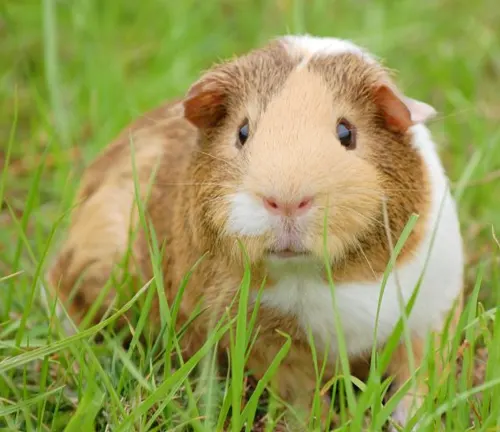
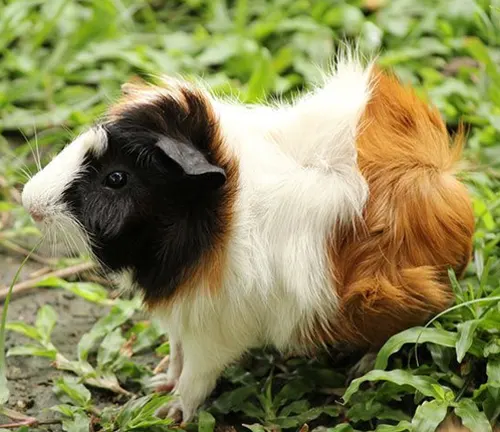
Abyssinian Guinea Pig
Known for its distinctive rosettes, or whirls, in its coat, the Abyssinian Guinea Pig has a more textured appearance compared to the smooth coat of the American Guinea Pig.
Peruvian Guinea Pig
This breed is known for its long, flowing coat that can grow up to 20 inches in length. The hair on a Peruvian Guinea Pig’s coat grows in a single direction, flowing backward from its head.
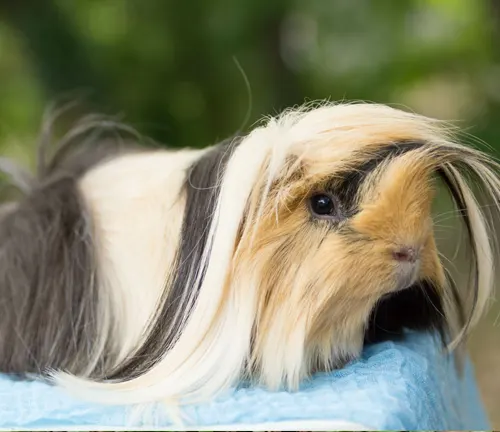
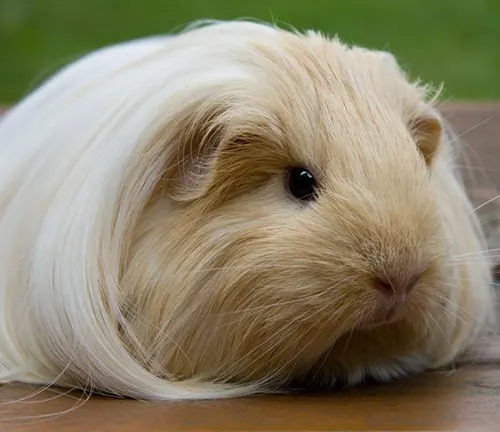
Silkie Guinea Pig
Also known as the Sheltie Guinea Pig, this breed has a long, silky coat that covers its entire body, including its face. The hair grows in all directions, giving it a fluffy appearance.
Teddy Guinea Pig
Characterized by its dense, wiry coat, the Teddy Guinea Pig has a rough texture that resembles the fur of a teddy bear. It has a compact body with a rounded head.
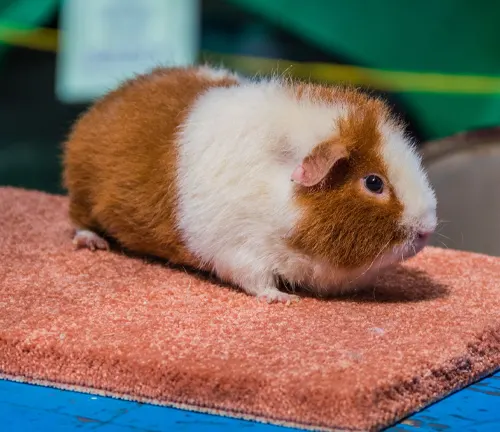
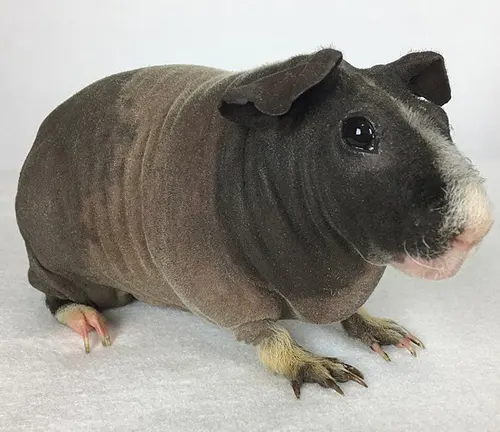
Skinny Pig
Unlike other guinea pig breeds, the Skinny Pig is hairless, except for a thin layer of fuzz on its nose, feet, and ears. It has smooth, wrinkled skin and is often kept in warmer climates or indoors due to its lack of fur.
Frequently Asked Question (FAQs)
- What should I feed my guinea pig?
Guinea pigs require a diet primarily consisting of high-quality hay, supplemented with fresh vegetables, fruits, and a small amount of pellets formulated specifically for guinea pigs. - How much space does a guinea pig need?
Guinea pigs need spacious housing with at least 7.5 square feet of space per pig. Providing ample room for exercise and exploration is essential for their well-being. - How often should I clean my guinea pig’s cage?
It’s recommended to spot clean the cage daily and perform a full cage cleaning at least once a week to maintain a clean and healthy living environment for your guinea pig. - Do guinea pigs require veterinary care?
Yes, regular veterinary check-ups are important for guinea pigs to monitor their health and address any potential issues early on. Vaccinations may also be recommended depending on your location and your guinea pig’s health status. - Can guinea pigs be housed with other pets?
While guinea pigs can coexist peacefully with other small pets, such as rabbits or certain species of birds, they should not be housed with larger animals, such as dogs or cats, due to the risk of injury. - Do guinea pigs need toys and enrichment?
Yes, providing toys and enrichment activities, such as tunnels, chew toys, and hiding spots, is essential for keeping guinea pigs mentally stimulated and preventing boredom. - How do I handle my guinea pig safely?
When handling guinea pigs, it’s important to support their body with both hands and avoid sudden movements or loud noises that may startle them. Additionally, always approach them calmly and gently. - Are there any specific grooming requirements for guinea pigs?
Guinea pigs require occasional nail trims to prevent overgrowth and potential injuries. Regular brushing is also recommended to keep their coats clean and free of mats. - Can guinea pigs be trained to do tricks?
While guinea pigs may not be as trainable as dogs or cats, they can still learn simple commands and behaviors through positive reinforcement training, such as targeting or coming when called. - What should I do if my guinea pig seems sick?
If you notice any signs of illness in your guinea pig, such as decreased appetite, lethargy, or respiratory issues, it’s important to seek veterinary care promptly to ensure prompt diagnosis and treatment.


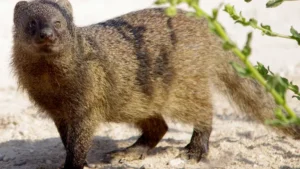

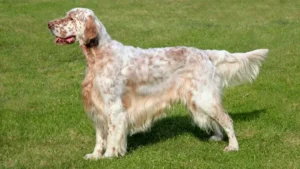



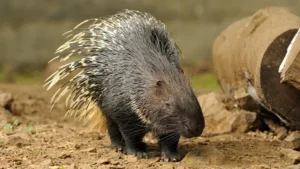

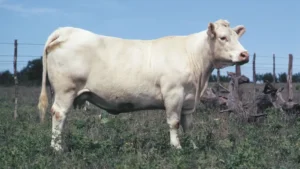
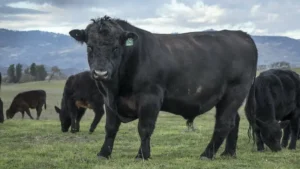


Leave your comment